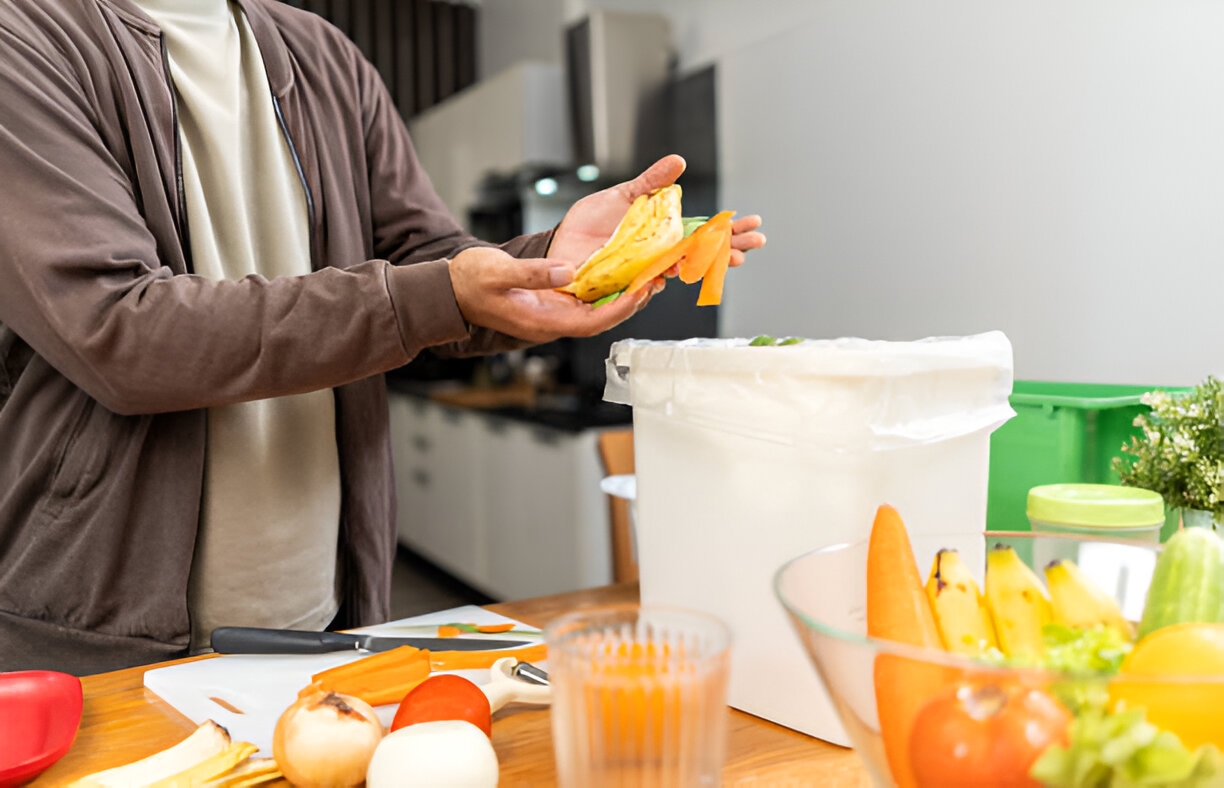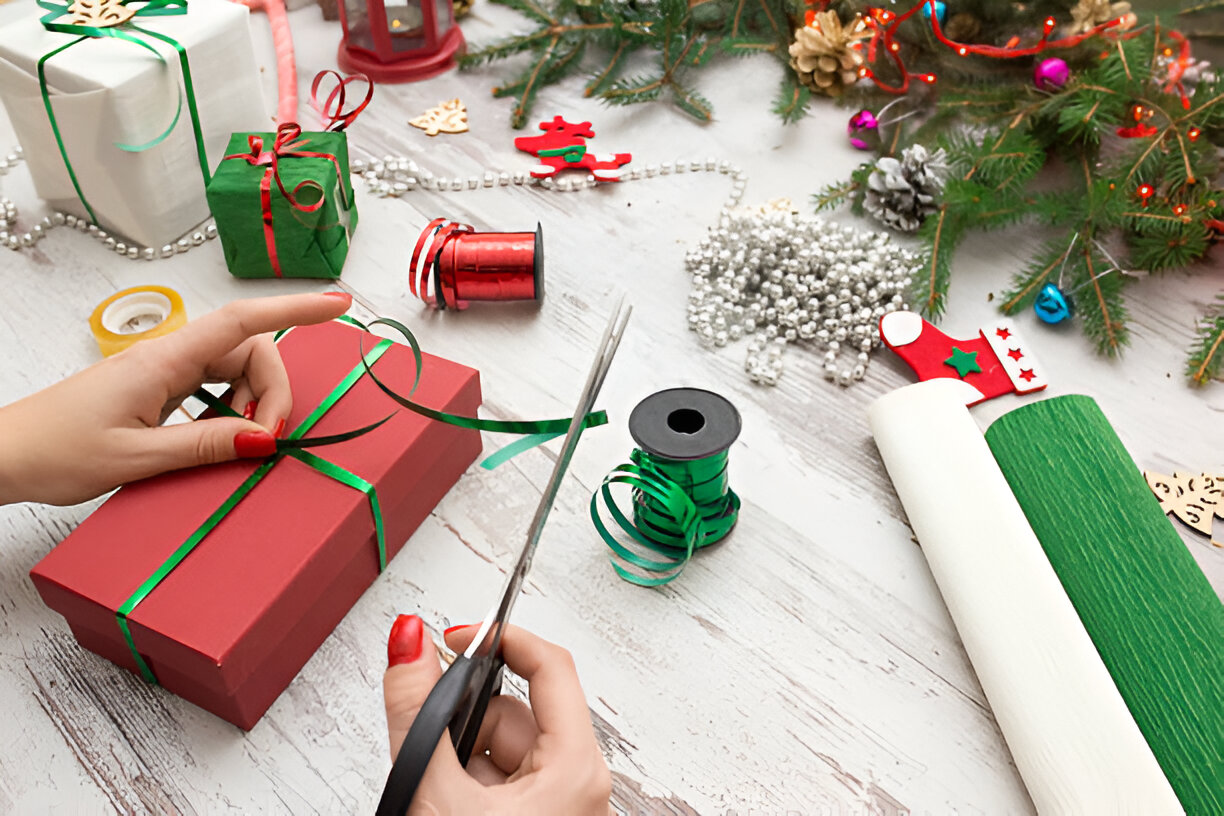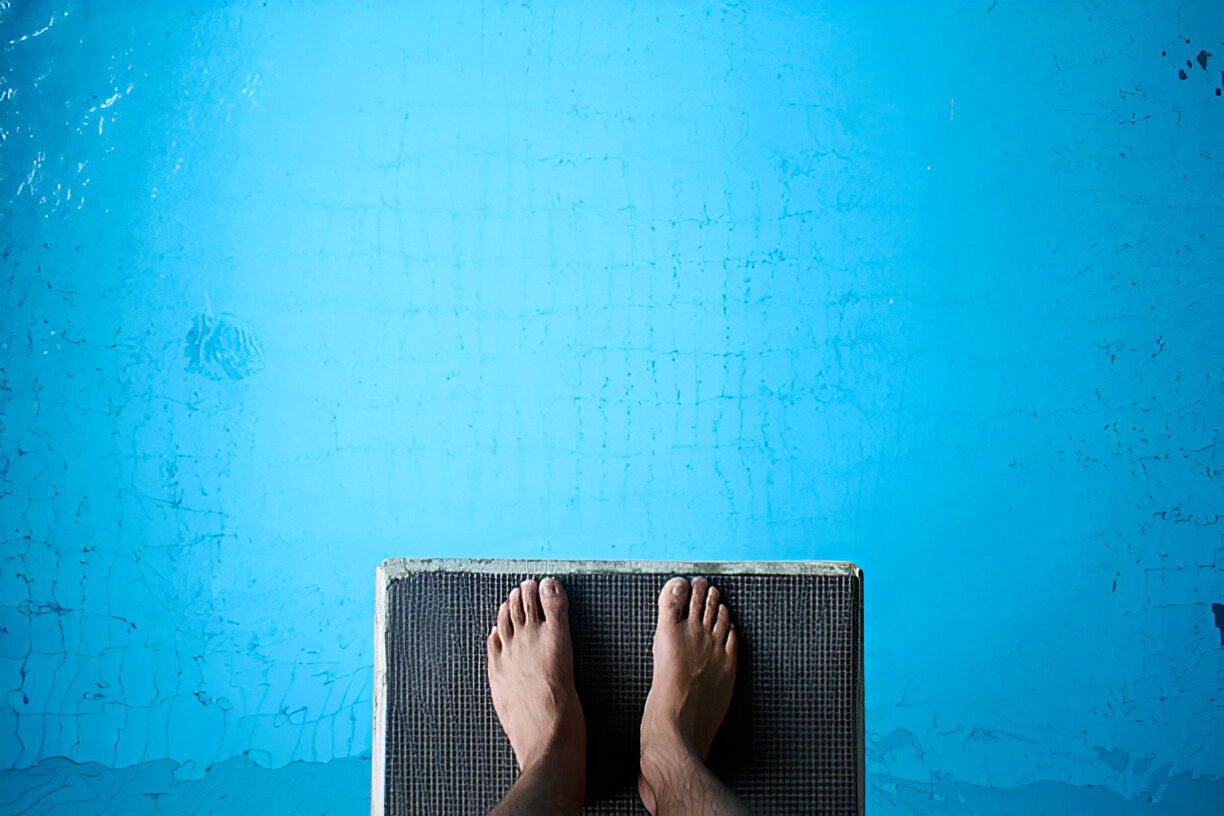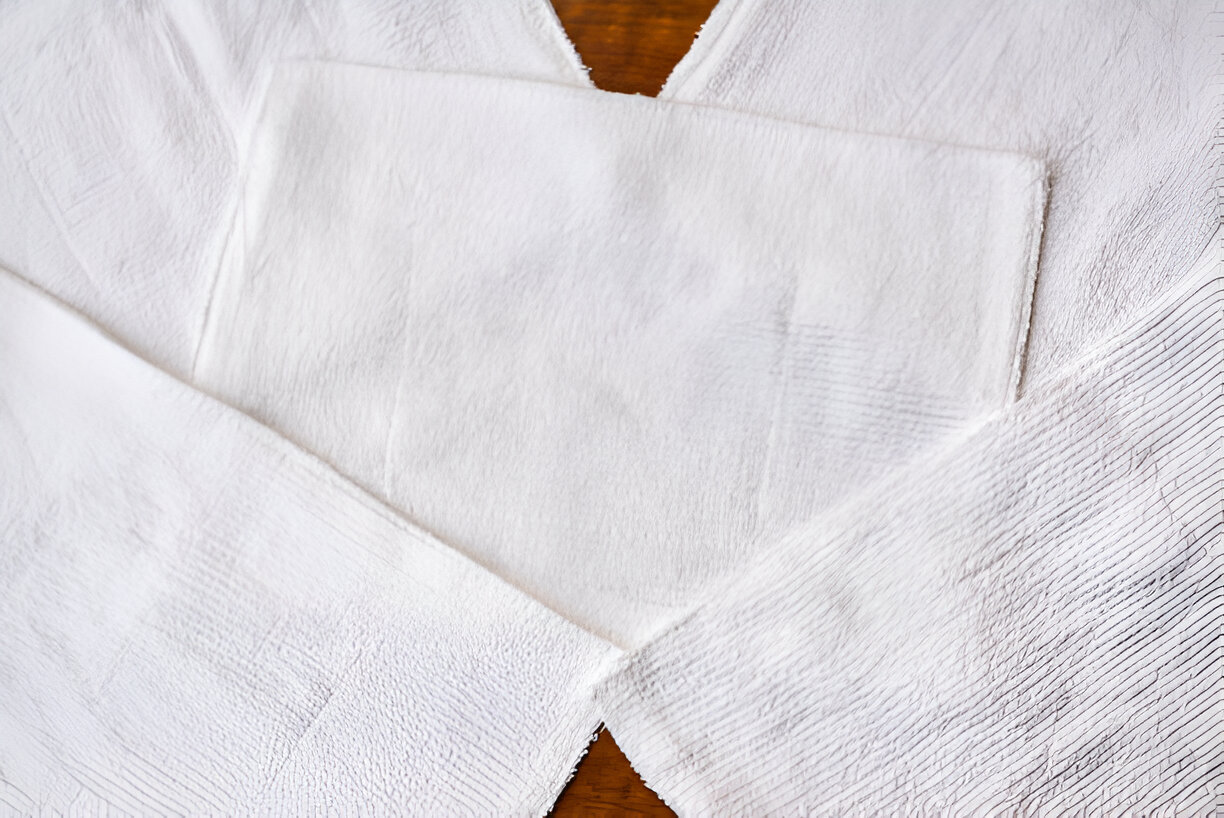Have furniture that’s rusted, ripped, or stained? Repair it rather than toss it, and keep it out of the landfill. With some simple DIY techniques, you can refresh Grandma’s old dining chairs or transform flea-market finds into one-of-a-kind pieces.
Before: A Rusted Metal Table
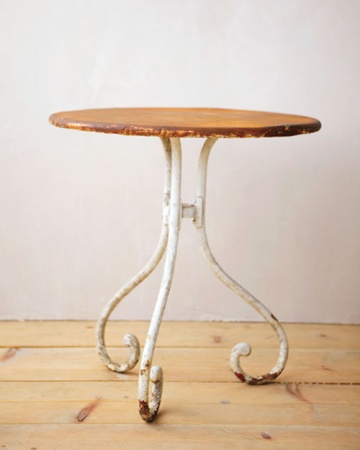
While a touch of rust can add character, it compromises the strength of metal. Remove it, then prevent future rusting with a suitable primer and paint.
Table Repair, Step 1:
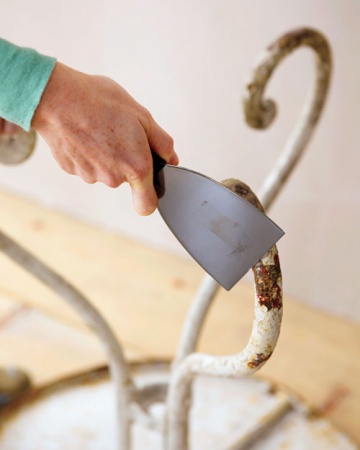
Before repainting, start by removing as much rust as possible. Use a metal scraper for large flakes, follow with a wire brush to tackle the remaining areas, and finish with medium to fine sandpaper to smooth out the surface. Wipe it clean afterward with a rag dampened in mineral spirits.
For light surface rust, green-living expert Annie B. Bond recommends a natural approach: scrub the rusted areas with a paste made from cream of tartar and water.
Table Repair, Step 2
When dry, cover the entire piece with a low-VOC primer, which inhibits rust.
Table Repair, Step 3
After the primer dries, add two coats of high-gloss low-VOC paint. For a foolproof match, pair deep and light shades from the same color family. We used Martha Stewart’s Garden Shed on the top and Bay Leaf on the base
After: A Delightful Display Piece
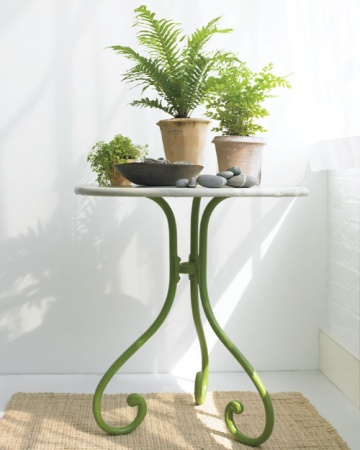
Vibrant colors and a few decorative touches have transformed this old side table into a show-stopping centerpiece.
Before: Mismatched, Stained, or Ripped Cushions
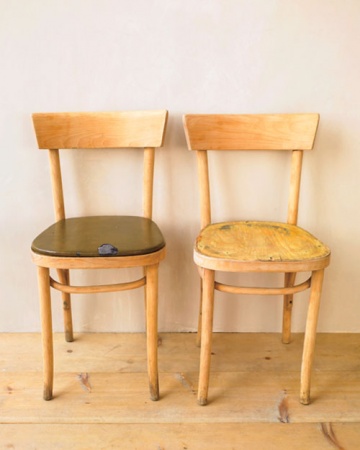
Revamp and modernize your dining chairs with fresh cushions and fabric. For an eco-friendly touch, try repurposing tea towels, blankets, or even old curtains for the upholstery.
Cushion Repair, Step 1
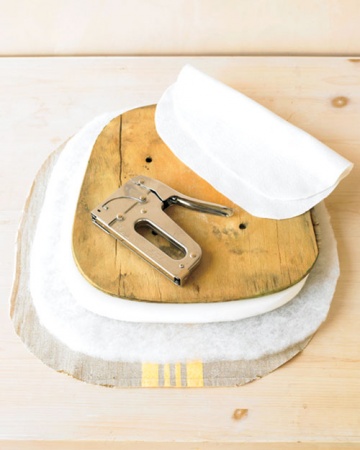
First, remove the old seat by unscrewing it from the frame. Use pliers to pull out any staples, and strip off the old foam. Trace the seat board onto a piece of 1-inch upholstery foam and cut slightly outside the outline.
Next, cut your cotton batting and fabric, leaving a 2-inch margin around the seat, and a piece of felt 1 inch smaller than the seat for a finishing touch. Assemble in this order: fabric (facedown), batting, foam, and then the board.
Cushion Repair, Step 2
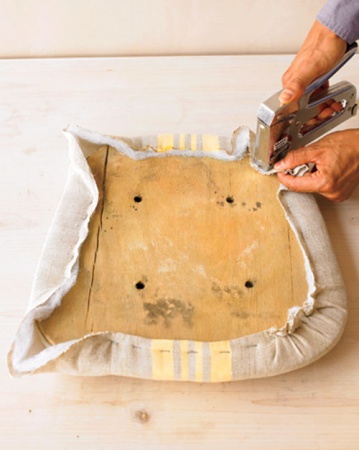
Hold the fabric and batting tightly on one side, and staple it 1 1/2 inches from the edge. Repeat on the opposite side to achieve the correct tension, then staple the remaining sides. For a smooth finish on the corners, pleat the fabric and batting as needed.
Cushion Repair, Step 3
Complete the project by centering the felt on the underside and stapling it 1/2 inch from the edge. Make small holes in the felt to expose the screw holes, then reattach the seat to the chair frame.
After: Matching and Good as New

These chairs appear custom-made for this kitchen—and in a way, they truly are!
How to Fix Water-Stained Wood
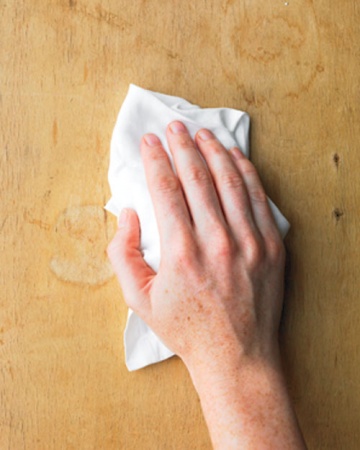
For a freshwater ring (just a few days old), try rubbing it with toothpaste or baking soda using a damp cloth. If the stain is more set, you may need to refinish the wood.
Sand the entire surface, or use a non-toxic option like Soy-It polyurethane stripper with a plastic scraper to strip off the old finish. Wipe clean with mineral spirits. Apply AFM Safecoat DuroStain using a rag, following the wood grain.









